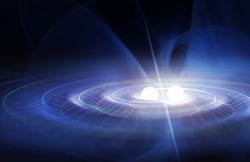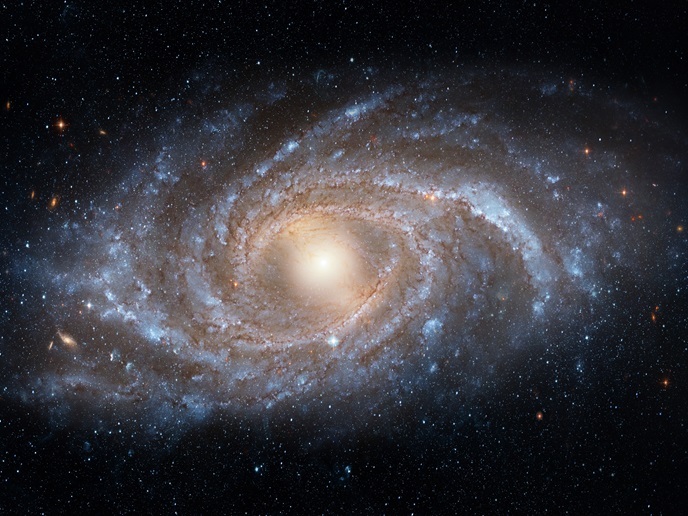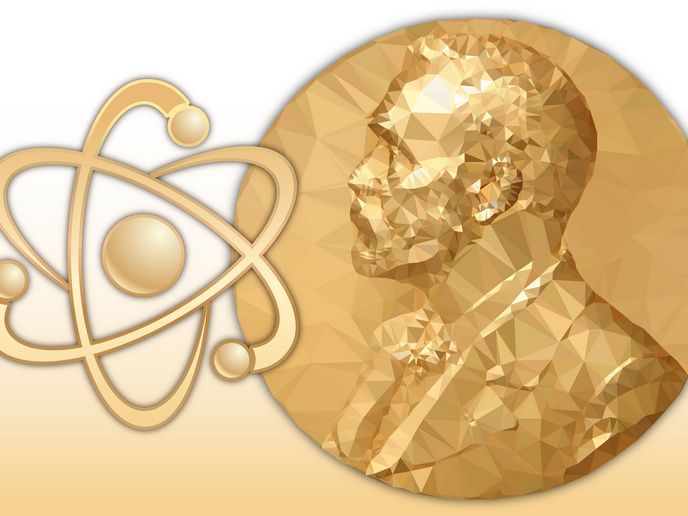European excellence in gravitational wave research
Gravitational waves are one of the most remarkable predictions of Einstein's theory of general relativity. These waves are ripples in the curvature of spacetime caused by the acceleration of objects in the Universe and are hard to detect. To be detectable, gravitational waves need to be generated from extremely dense, massive objects moving at very high speeds. Thanks to a new generation of detectors – the US-based Laser Interferometer Gravitational-Wave Observatory (LIGO) and the Europe-based Virgo detector – the gravitational wave signals emitted by the coalescence of two black holes and of a colliding pair of neutron stars have been detected. This is a cornerstone result in physics, opening a new era: the gravitational wave astronomy. Funded by the EU, GRAWITON(opens in new window) was a visionary initial training network that first predicted the need to train young researchers so that they can lead future developments in this exciting new field. Thirteen early-stage researchers received training for three years and a good fraction of them signed the detection papers, underlying their contribution to the discoveries. A cosmic success The study of gravitational waves is a field that has been recently impressively expanded thanks to the LIGO and Virgo detectors that enable scientists to gain new insight on the cosmos. “The detection of gravitational waves caused by the merger of two black holes with equivalent masses of 29 and 36 times the mass of the Sun marked the beginning of the experimental physics involving gravitational waves and the astrophysics of stellar-mass black holes,” said project coordinator Michele Punturo. Two years later, the Virgo and LIGO interferometers detected the gravitational wave emitted by the coalescence of two neutron stars, pointing the source in the sky and allowing to the astronomers the observation emitted in that spectacular collision. The observations have given scientists the unprecedented opportunity to solve a decades-long mystery of where half of all elements heavier than iron are produced and identify the causes of gamma-ray bursts. “With this detection is born what is called ‘multi-messenger’ astronomy, cosmology and astrophysics” said Punturo. “It is the first time that a astronomical event has been viewed in both gravitational and electromagnetic waves – our cosmic messengers.” The results from these exciting discoveries are co-signed by researchers whose PhDs have been funded by GRAWITON. Researchers stemming from France, Germany and Italy contributed to the data analysis and technological developments necessary for the breakthroughs. In particular, they had the opportunity to engage with complex optical apparatuses, high-power and low-noise lasers, highly reflective coatings, and simulation and modelling work. “Gravitational wave interferometers are the most sensitive detectors in the world, capable of sensing the ephemeral passage of a gravitational wave. The wave generates length variations between the two orthogonal arms of Virgo or LIGO of the order of 10-19 m, ten thousand times smaller than the radius of a proton,” explains Punturo. GRAWITON researchers pioneered data analysis methods to extract the signal from the background noise. GRAWITON successfully contributed to the gravitational wave science field. Scientists are now able to ‘see’ and ‘hear’ the cosmic events to better understand them. This will give them the opportunity to further understand the workings of the Universe.







